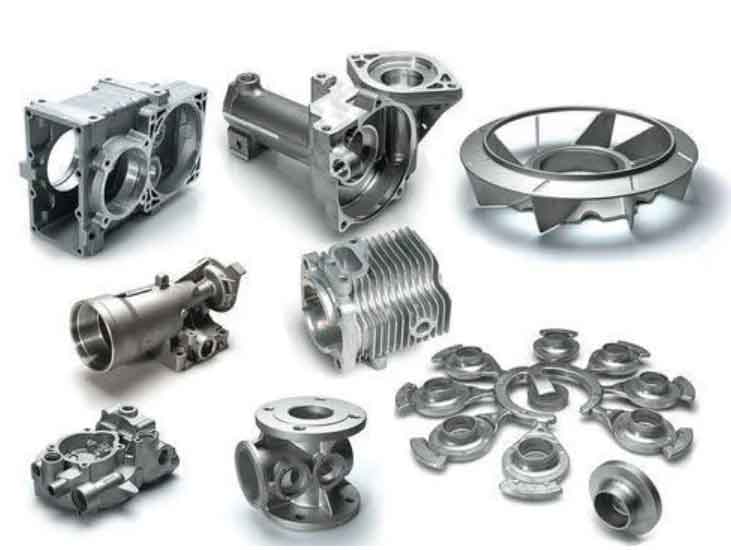
Joining grey cast iron components can present challenges due to its unique properties, such as its high carbon content and graphite microstructure. However, advancements in joining techniques and material development have opened up innovative methods for assembling grey cast iron components. Here are some innovative joining techniques that can be used for grey cast iron:
1. Adhesive Bonding:
Adhesive bonding, or structural bonding, involves using high-strength adhesives to join grey cast iron components. This method offers several advantages, including uniform stress distribution, no heat-affected zones, and the ability to join dissimilar materials. Specialized adhesives are available that can adhere well to grey cast iron surfaces and provide durable bonds.
2. Friction Stir Welding (FSW):
FSW is a solid-state joining technique that uses a rotating tool to generate frictional heat, plasticizing the materials, and then joining them together. FSW can effectively join grey cast iron components without melting the material, resulting in improved joint strength and reduced distortion.
3. Laser Welding:
Laser welding is a precise and efficient joining technique that can be used for grey cast iron components. It allows for high weld quality and minimal heat input, reducing the risk of cracking or distortion in the cast iron.
4. Ultrasonic Welding:
Ultrasonic welding is a solid-state welding process that uses high-frequency vibrations to create a weld between two components. It is particularly suitable for small and intricate grey cast iron parts.
5. Hybrid Joining Techniques:
Innovative approaches involve combining multiple joining techniques to optimize the assembly of grey cast iron components. For example, hybrid techniques may combine laser welding with adhesive bonding to achieve superior joint performance and tailor the joining process to the specific application requirements.
6. Magnetic Pulse Welding:
Magnetic pulse welding is a high-speed impact welding technique that uses a magnetic field to propel one component into another, creating a bond at the interface. This process can join grey cast iron components quickly and efficiently without the need for heat or filler materials.
7. High-Pressure Joining Techniques:
High-pressure techniques, such as explosive welding or high-pressure torsion, can be used to join grey cast iron components. These methods can create strong bonds between components through plastic deformation.
Before employing any innovative joining technique, it’s crucial to consider the specific application requirements, component design, and the properties of the grey cast iron being used. Some techniques may be better suited for specific geometries or material compositions, so a thorough understanding of the joining process and its impact on the component’s performance is essential.
Advancements in joining technology have expanded the options for assembling grey cast iron components, making it possible to achieve strong and reliable joints in various industrial applications.
